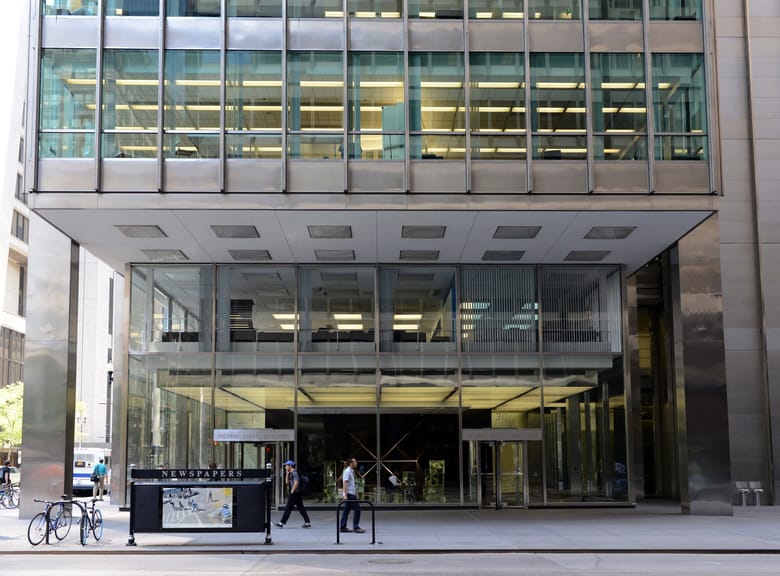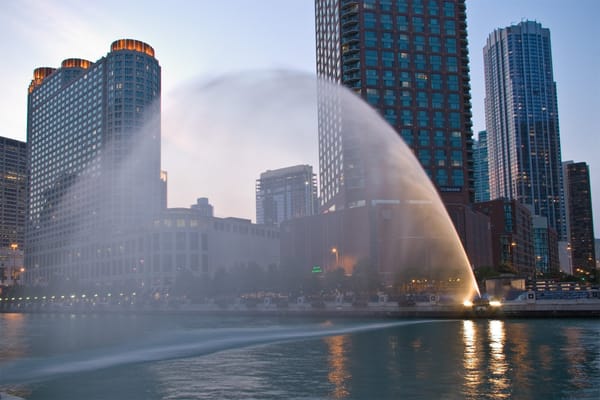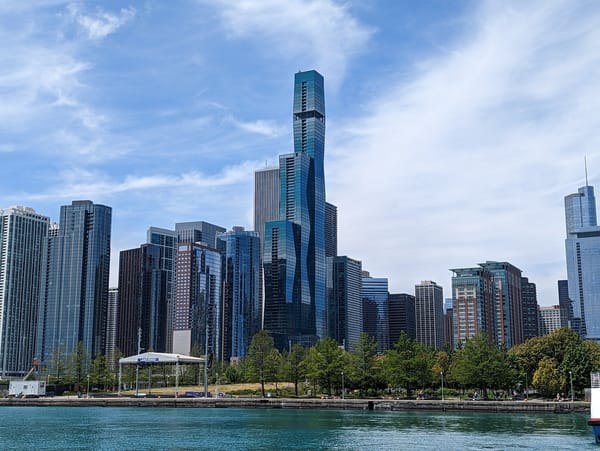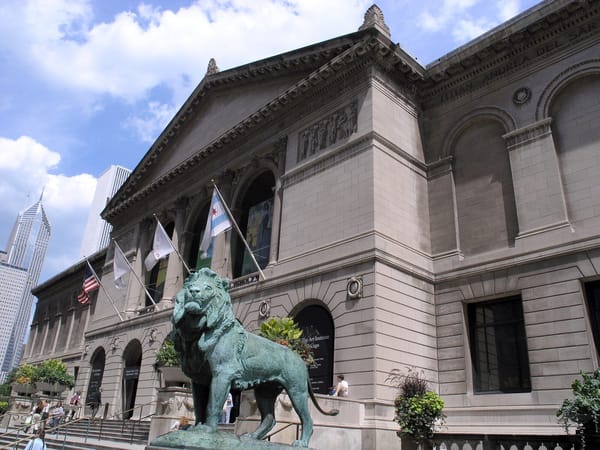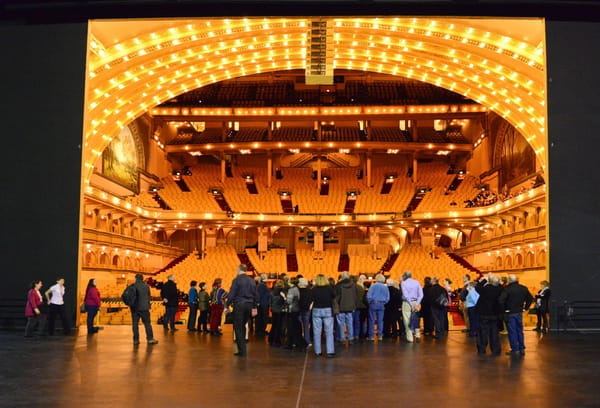Clear-span construction refers to a building design approach in which large interior spaces are created without the need for intermediate supporting columns or walls. This is achieved by using structural elements such as beams, trusses, or arches. Clear-span structures are particularly useful in buildings where large, open spaces are essential, such as in auditoriums, sports arenas, factories, and exhibition halls.
The concept of clear-span construction has roots in ancient architecture, where builders used arches, domes, and vaults to create open interior spaces. However, the modern application of clear-span construction became more prominent with the advent of new materials and technologies during the Industrial Revolution. The development of steel and reinforced concrete enabled architects and engineers to design larger and more ambitious clear-span structures, allowing for unprecedented interior flexibility and open space.
EXAMPLES IN CHICAGO:
- The United Center: Home to the Chicago Bulls and Chicago Blackhawks, the United Center is one of the most prominent examples of clear-span construction in Chicago. The arena, completed in 1994, features a roof supported by a series of large steel trusses, allowing for an open, unobstructed interior that accommodates tens of thousands of spectators. The clear-span design ensures that all seats have a clear view of the action, and the open space can be easily adapted for different events, from sports to concerts.
- McCormick Place Convention Center: McCormick Place relies heavily on clear-span construction to provide vast exhibition spaces. The complex, which consists of several interconnected buildings, uses steel trusses and other structural systems to create large, open halls capable of hosting major trade shows, conventions, and exhibitions. The clear-span design allows for maximum flexibility in how the space is used, with no internal columns to obstruct the layout of booths and displays.
- Crown Hall: Designed by the renowned architect Ludwig Mies van der Rohe and completed in 1956, Crown Hall is an iconic example of modernist architecture and clear-span construction. The building’s steel frame supports the roof without the need for internal columns, creating an open, flexible space. The clear-span design not only facilitates a versatile interior layout but also embodies Mies van der Rohe’s architectural philosophy of “less is more,” emphasizing simplicity and the purity of structural form.
